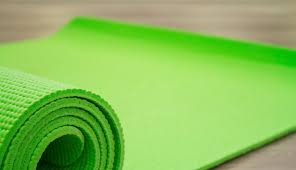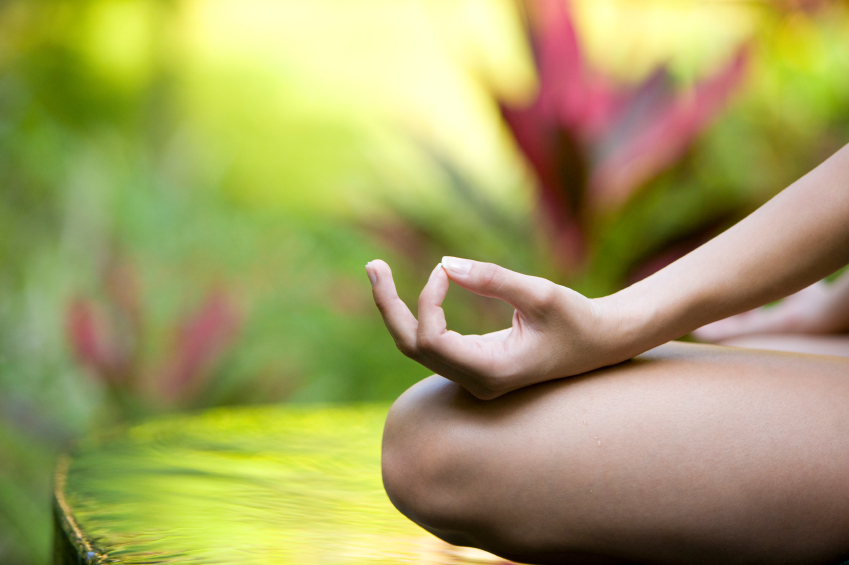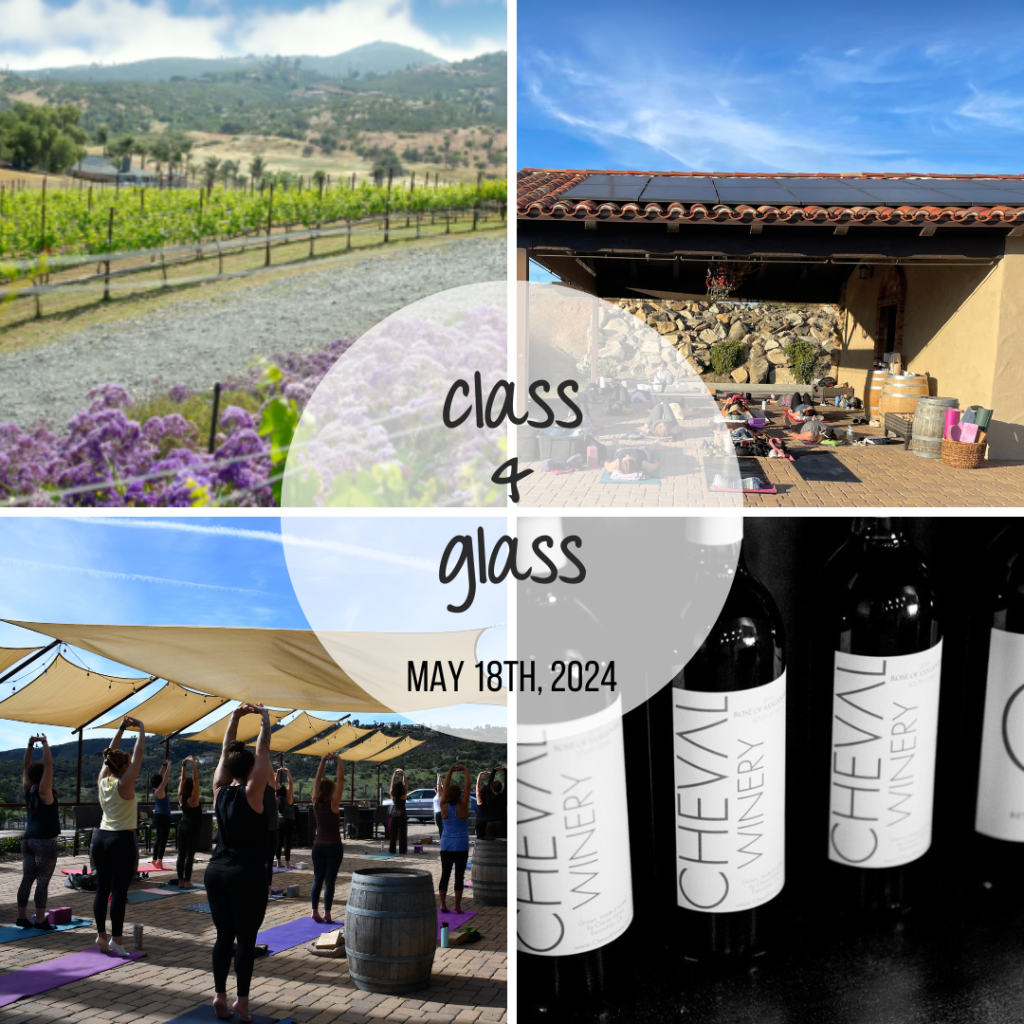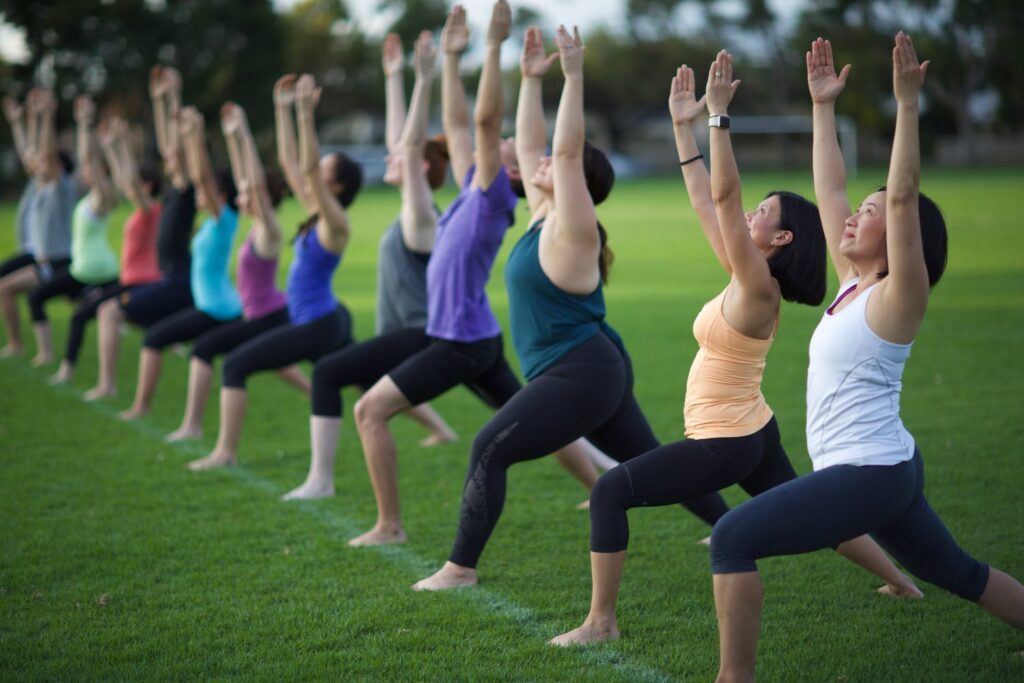
There are so many ways to practice and enjoy yoga. Knowing what you like and wish to get out of it is key to creating a practice that you not only love but will continue to do.
That’s why slow flow is totally my jam – as a student and as a teacher!
What is slow flow? It is a Vinyasa style, but rather than going breath to movement on every posture or even most postures, you spend a little more time on holds. That usually translates to 3-5 breaths on more than 50% of the postures.
This is why I love it:
Time to master a posture your way
While it is true that we are basically constructed the same way, we each deal with many little nuances, deviations, injuries, and even limb lengths. Some of us might be working through a shoulder injury. Perhaps you have wide-set hips. Maybe you are a little knock-kneed or bowl-legged. Maybe you are tall – but do you have long legs and a short torso or short legs but a long torso?
Pretty quickly you can see how these structural differences affect your everyday life. Well, your yoga practice is no different.
The challenge I have with a fast-paced Vinyasa practice is that there is not a lot of time to figure out how to get into/out of or adapt a posture for your unique circumstances. The amount of time needed to move my short legs is going to be less than my longer-legged friends.
If I have a hip issue (which, as many of you know, I do) then half-moon is going to need some adaptation to get my hip to rotate.
The problem is, if we are just zipping through the class, we don’t get much opportunity to make those adaptations, try some different variants, or even do something else altogether that still keeps us in the flow.
The result tends to be unhealthy compromises in form, frustration with awkward positions or being left behind, and just plain feeling blah about the whole thing.
On the flip side, if we are taking 3-5 breaths in numerous postures, you have time to tweak it to fit your body or even just do something else that fits into the flow. To me, this means you have a chance to make the session your own.
Slow flow lets you get into your props
I am a big believer in using your props!
BLOCKS bring the ground closer to you.
STRAPS make your arms longer.
BOLSTERS allow you to feel supported.
These additional pieces of equipment are huge in keeping you safe while you expand your practice. One of the big reasons why people say they can’t do yoga is that they aren’t flexible enough.
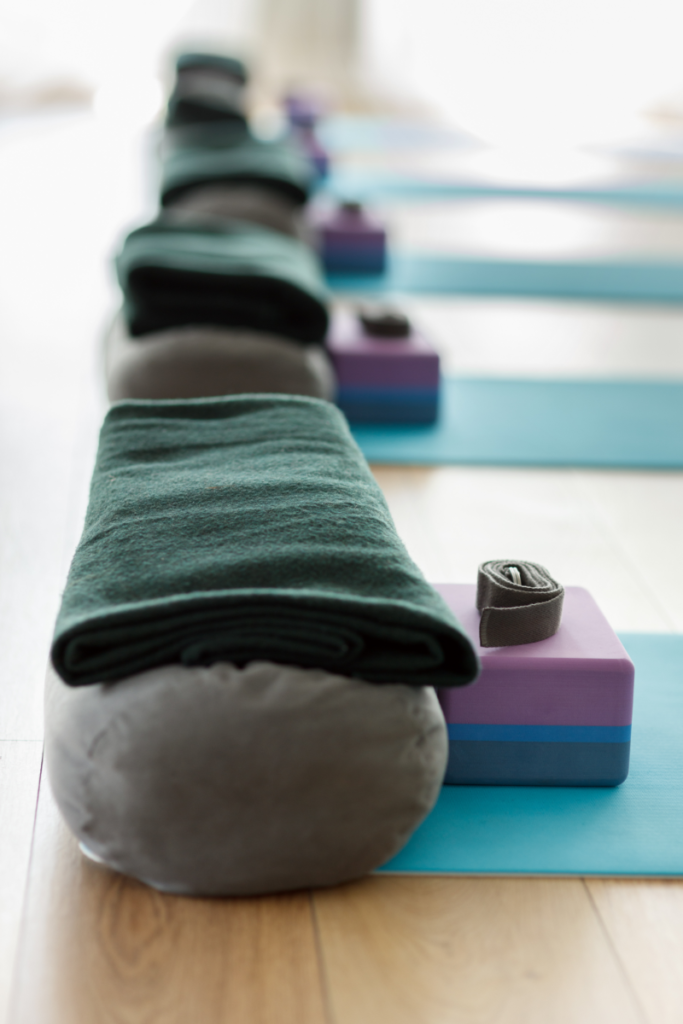
That is why you use props! They give you the support you need to accomplish a posture without sacrificing your form. Props allow you the opportunity to begin to increase your flexibility, mobility, and strength while keeping you safe.
They meet you where you are and support you in getting where you want to go.
However, if we are moving in a fast-paced environment you will not have much time to get your props out and use them.
So what tends to happen is that form begins to get compromised and the potential for injury goes up. Not to mention a general lack of progress in the areas of flexibility and mobility!
This is especially challenging if you are new(er) to yoga and trying to make some gains in these areas. While it is true that you can practice this at home, realistically, many people attend classes and don’t always spend a lot of time practicing outside the class environment, especially when they are new!
Give yourself a crack at the toughest part of yoga – your mind!
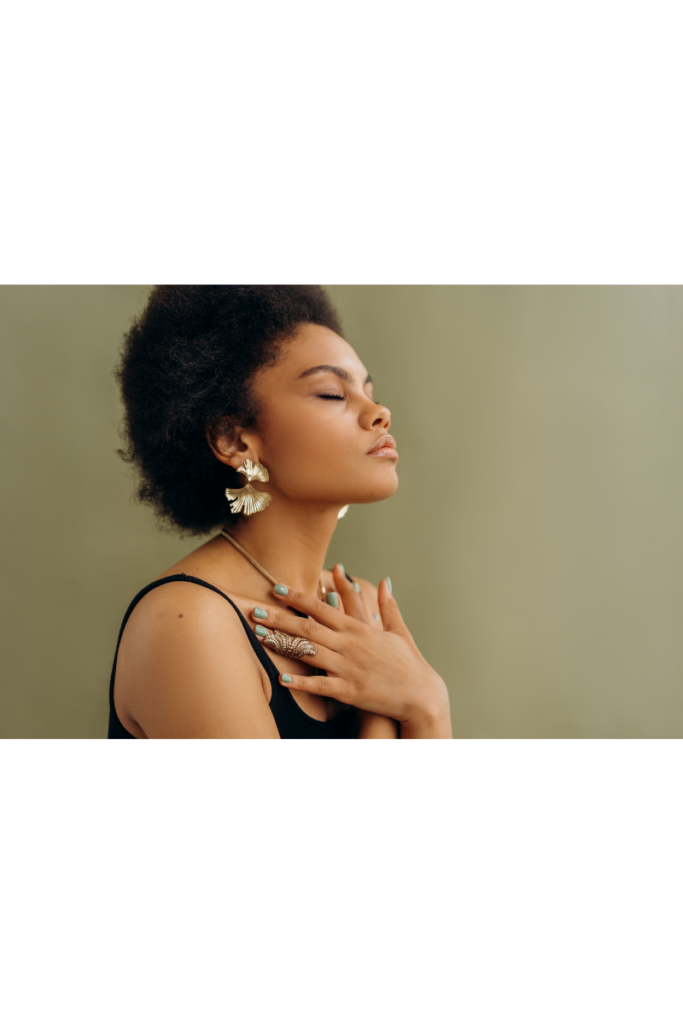
This may just be a “me” thing, but the hardest part of a yoga practice/class is not the physical asanas. It’s the mental act of slowing, calming, and quieting the mind.
We are in a constant state of doing, especially in the U.S. Being, allowing ourselves to slow down, learning to see our thoughts and realize that they come and go, this is actually tough stuff for many of us.
Meditation is a great place to practice the art of simply being. Yoga is a moving meditation. If you let it, it can help you find a balance between movement – doing – and being. Yoga lets you practice observing thoughts and understanding that you are not your thoughts.
“I cannot possibly hold this position another second” but then you do. “My balance sucks” except there you are, standing on one leg and NOT falling over (at least not right away!).
Our minds are telling us crap basically all. day. long. Yoga helps us practice the art of seeing the crap and letting it go so we can get down to the reality of that moment.
As a teacher, I can accommodate more levels with slow flow
I teach in multi-level environments. I don’t really even like to say “levels” because, to me, yoga is all one level with many variations. But for the sake of this article, I will use the word levels since we have an understanding of what that looks like.
Let’s say I ask everyone to move into a Forward Fold. Some people may wish to take Rag Doll so they feel more support for their back. Others may do a Half-Way Lift to accommodate their flexibility. Still others may go into a Headstand if that is part of their practice.
If we are moving at a quick pace, there will not be time for some of those variations, or even time for me to suggest some of the variations.
In a situation where people with different backgrounds are coming into the same class, slowing down let’s me allow them to practice in the way they want to.
At the end of the day, your practice is your own. As a teacher, I am providing a map but the students are taking the journey.
All approaches are welcome!
In conclusion, I want to be clear on one thing: this is why I love slow flow. Others may have different reasons for loving it. Still others may dislike this kind of practice.
And it’s all good.
The thing I continue to marvel at about yoga is that it really is for everyone. The way you choose to practice is up to you. Perhaps you like even longer holds. Maybe going at a fast pace, one breath to each movement is your first love. You may like to focus on strength. Or a specific series of postures.
There are just as many ways to practice as there are people.
You do you, BooBoo!

P.S. Let’s be besties!! Follow us on Instagram, Facebook, YouTube, and Pinterest, and join the LAYLO Shala to get the latest news and insider goodies 😍






